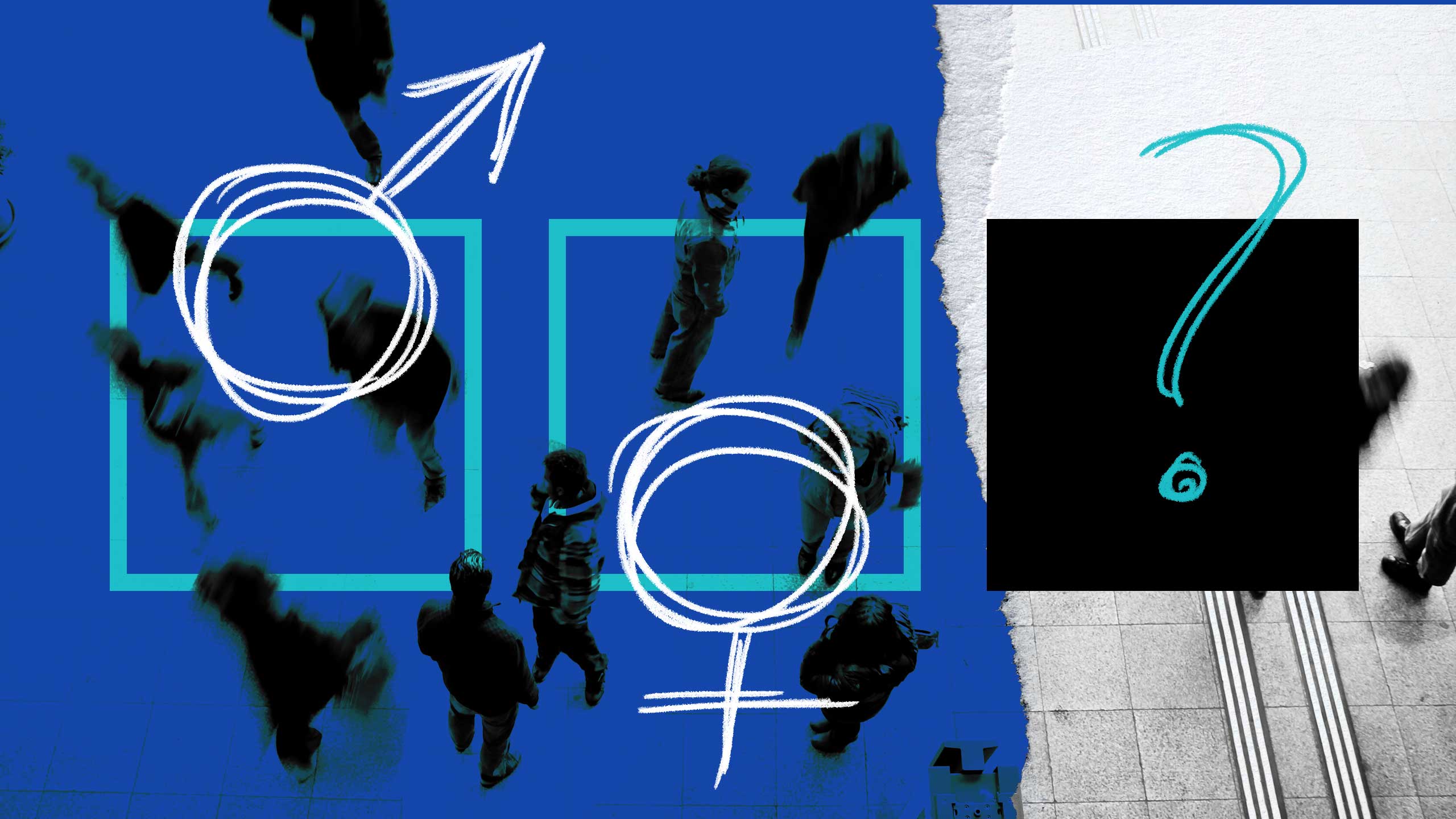A core tenet of being more than 30 years old is that I staunchly believe in the collective excitement to fill out government census forms. A younger and more aloof me would be above such things, too ordained in my lifestyle of carefully structured individuality to want to let the government know anything about me. But I’m 38 years old, and I was excited the day my partner came in and announced that something important had arrived: Canada’s 2021 census.
A government intake form that all citizens are required by law to fill out, the census began in 1871, and is sent out once a decade to gather data on citizens of Canada. Over the years, new questions have been added to the forms to adjust to the ever-evolving and diverse population of the country. Religion, point of immigration and the number of colour televisions in a home were just some of the queries added as we grew ever interested in the socio-economic makeup of the world around us.
In 2001, the census began collecting data on same-sex couples, in a determined move forward to better understand the lived experience of LGBTQ2S+ Canadians. Now, in 2021, the census asks questions about the gender identity of Canadians for the first time. And the government came so close to getting it right.
The census asks two questions pertaining to gender identitiy: “What was your sex assigned at birth?” and “What is your current gender?” The binary options listed are “male” and “female,” and a box below labelled “other” provides an option to self-define one’s current gender.
Here we run into a number of issues. The first being one’s sex assigned at birth. Asking if you were assigned male or female with no room for discussion doesn’t give adequate space to intersex people, for instance—especially for those with anxieties around the sex designation they were given without their consent.
“The census asks: What kind of other are you exactly?”
Those anxieties also extend to trans folks. When I first encountered this section of the census, I found myself taken aback. I’m a trans woman, I have a number of very expensive legal documents that have my name on them and an “F” designation on everything from my birth certificate to my driver’s licence. Getting to this point took countless hours, hundreds of dollars and months of time. It’s degrading to have to claw this back and inform the government what particular set of genitals I was born with.
From there, we move to the next question, which asks about “current gender.” Here, the government has expanded upon the binary, with options including “male,” “female” or “other.” Selecting “other” allows users to fill in a blank with their self-defined gender identity. There are no options to identify specifically as trans or non-binary outside of the “other” field.
The concept of othering is not lost on trans people: We have long been considered an “other” from the washed masses of acceptable society. Now, the census asks: What kind of other are you exactly?
What is the government really asking with these questions? By collecting data about my sex assigned at birth and then asking my current gender, are they, in a roundabout way, asking me if I am or was a transsexual? If that’s the case, why not simply ask me directly?
To better understand what’s going on with these questions, I spoke with Max Ferguson, a quantitative specialist in Vancouver. “It’s tempting to create questions using the language of our communities,” they tell me. “But they also need to be clear for trans people and other groups and communities.”
“Asking questions in this way could cause people to make themselves more visibly trans than they would like.”
The way these questions are worded is a double-edged sword. On the one hand, they are designed to ensnare trans people and let us know they’ve got us—they want trans people to disclose their identities, whether they want to or not. If you’re abiding by the legality of the census, asking questions in this way could cause people to make themselves more visibly trans than they would like. On the other hand, making both of these fields mandatory provides fodder for people who already see our communities as worthy of derision. “How one collects data in queer and trans populations, and how one collects data in general populations, can and should be really different,” Ferguson says. “Part of the reason why the data could be unusable is people using that as a medium to be hateful.” For example, Ferguson says, someone could specify their gender as “a toaster or something else as a way to be transphobic”—evoking the long-held anti-trans meme of self-identifying as an “attack helicopter.”
Part of the reason this data is so necessary is there is a dearth of data on trans lives—not just in numbers, but about how we live socio-economically. And because past censuses have not been trans-inclusive, that data remains largely untracked in Canada—especially in more rural areas where trans visibility is at its lowest. “There’s no end to the importance, the utility of having this information,” Ferguson says. “We’d love to start seeing data so we can start advocating for services for our communities outside of city centres. There are going to be a lot of ways that we could infer income inequality, and look at the geography of where people are living and how that plays into how they’re living their lives.”
We’re close to an equitable solution to the way we gather and use this data, but we’re not there yet. In its current state, the 2021 census will once again fail to capture an accurate portrait of trans lives in Canada, and we will be without the appropriate data to advocate for the real needs of our community. In the next iteration of the counting of our lives, I hope we learn to ask the questions that matter about the people society sees as “other.”


 Why you can trust Xtra
Why you can trust Xtra


